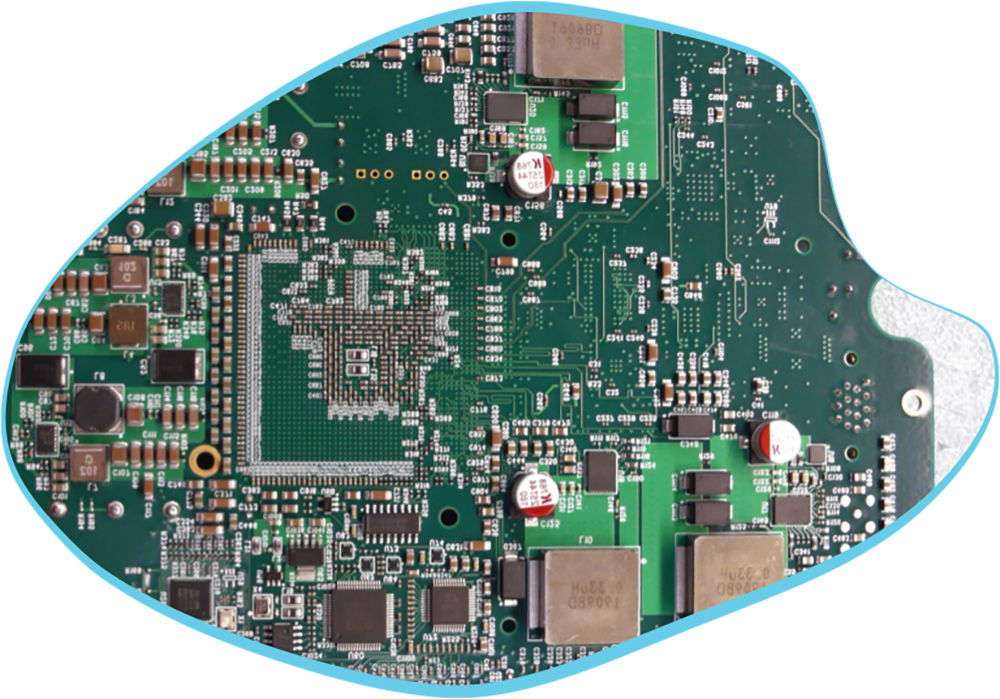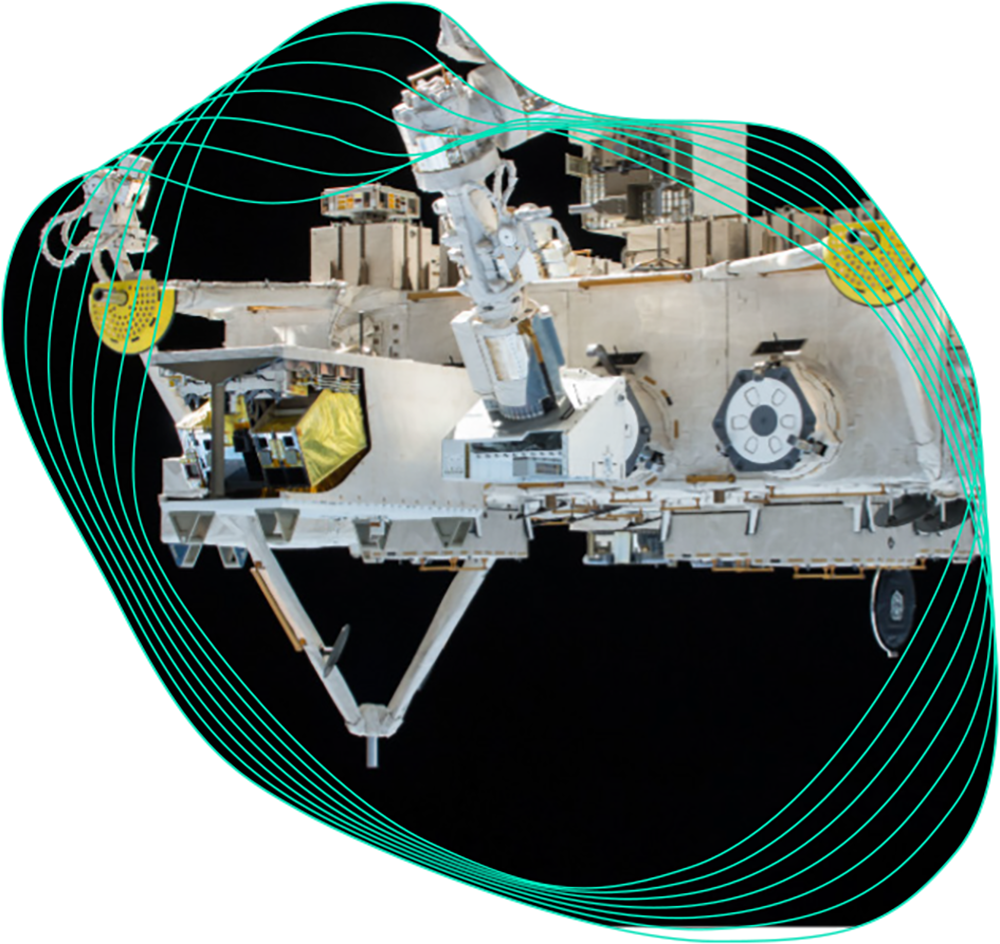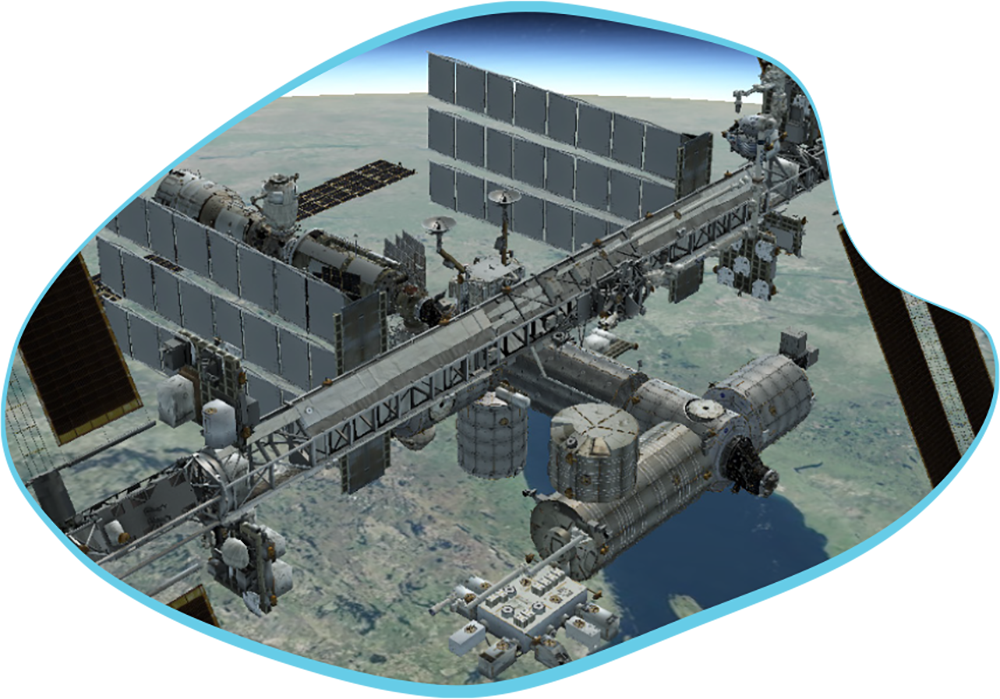Sandia’s LEONIDAS project team is sending a payload to the International Space Station (ISS) to study the effects of radiation from the space environment on advanced computing systems.
The electronics and sensors that make up an optical payload can be vulnerable to damage from naturally occurring radiation in space. As a result, engineering teams have typically relied on radiation-hardened electronics, but these computing systems can be expensive, challenging to integrate and draw a lot of power.
At the same time, some organizations and agencies flying satellites are looking to collect and send more data than before, but there are physics-based limits to how much data can be sent from space to the ground.

With the LEONIDAS project, the team integrated a commercial computer chip — the Xilinx Versal system-on-chip — that is more resilient against radiation, on a single board computer designed for space flight. LEONIDAS also hosts two imaging sensors, a focal plane array, which captures visible light, and an event-based sensor, an imager that captures pixel-by-pixel changes in intensity. Data from these sensors is collected, processed and packetized for storage and downlink in the Xilinx Versal on a module and will be communicated through the ISS’s communication systems.
Taken together, LEONIDAS demonstrates a payload with event-based sensors co-collecting with traditional sensors feeding real-world in-situ data into cutting edge digital electronics running novel algorithms while path-finding a process to operate in space. The team hopes this project will be a precursor to a high-performance computing space system that enables organizations to rapidly process data on the edge, a requirement to get more relevant data, faster, from their satellites.
The LEONIDAS payload is expected to launch in 2023. Astronauts will install the payload on the Japanese Experiment Module platform, where it will operate and gather data for its remote sensing mission for four months.
For high consequence national security missions hoping to leverage novel technologies on orbit, like the Xilinx Versal, a rigorous qualification program that replicates the space environment is required. This includes:
- Component screening.
- Radiation testing across a variety of environments, often requiring testing at multiple facilities.
- Thermal cycling, vibration, shock and acoustic testing.
- Electromagnetic interference testing.
- Thermal vacuum testing.

These tests are done on the ground because they have historically been cheaper and enable inspection, rework and re-testing of the devices. The LEONIDAS project is demonstrating a faster, less expensive approach that tests novel technologies in the actual space environment through the use of commercial space flight operators and the ISS National Laboratory. Another benefit is that the team will get the payload back after its time in space. This will allow for post-flight inspection.
This approach will give payloads space flight heritage and increase technology readiness levels. Beyond achieving data collection and technology demonstration, the goal of LEONIDAS is to streamline government and commercial partnerships for rapid insertion space flight missions.
LEONIDAS achieves several “firsts,” including:
- First event-based sensor on orbit co-collecting with traditional sensors.
- First flight of the Xilinx Versal component.
- One of the fastest to flight operations for a space payload, conception to operational.

LEONIDAS leverages Laboratory-directed Research & Development (LDRD) investments in radiation testing, computing hardware design and algorithm development and provides an in-situ testbed for ongoing LDRDs exploring space resiliency in the STARCS Strategic Initiative IAT. This work was funded by the National Nuclear Security Administration’s Space Flight Systems Program.